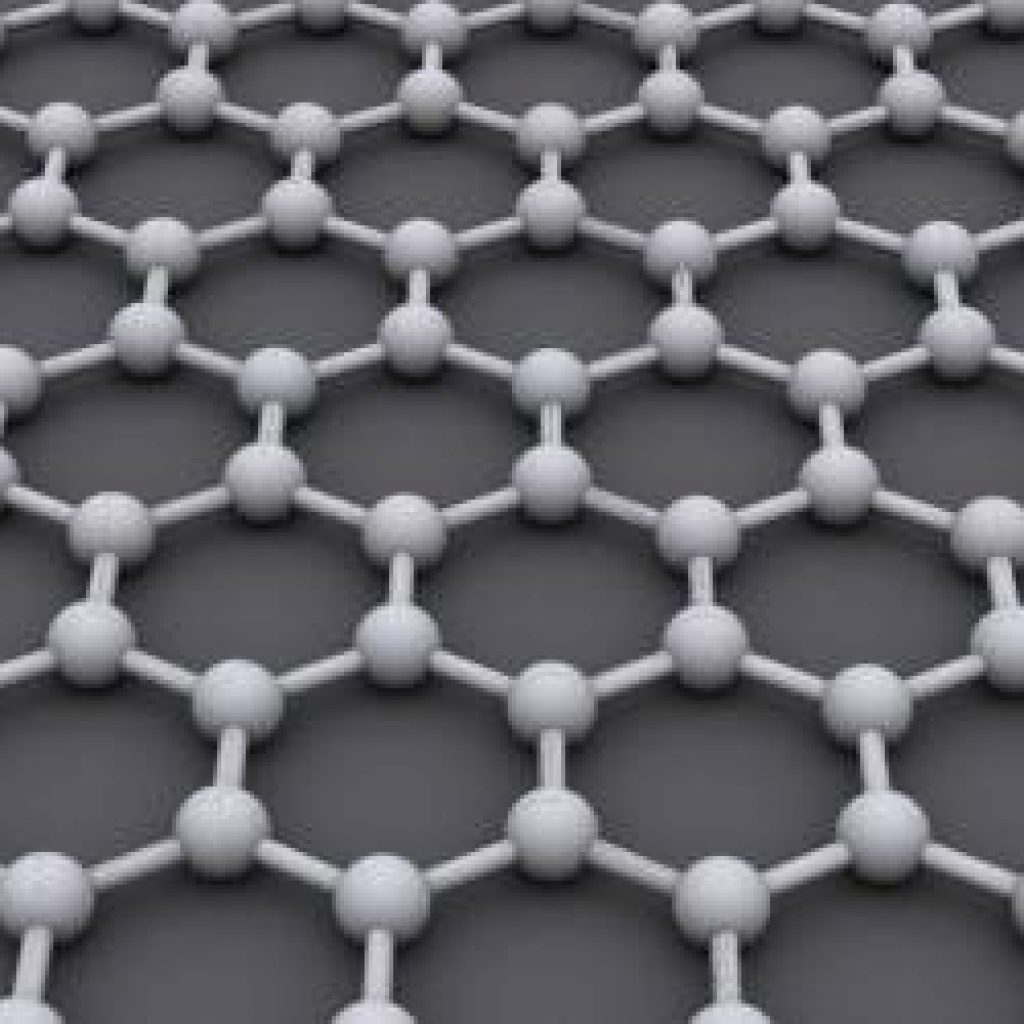(SciTechDaily) A quantum science advancement with graphene could help lead to powerful spintronic devices, such as semiconductors and quantum computers.
Graphene is incredibly strong, lightweight, conductive, but it is not magnetic. This is a shortcoming that has stunted its usefulness in spintronics, an emerging field that scientists say could eventually rewrite the rules of electronics, leading to more powerful semiconductors, computers, and other devices.
Now, an international research team led by the University at Buffalo is reporting an advancement that could help overcome this obstacle. Researchers describe how they paired a magnet with graphene, and induced what they describe as “artificial magnetic texture” in the nonmagnetic wonder material.
“Independent of each other, graphene and spintronics each possess incredible potential to fundamentally change many aspects of business and society. But if you can blend the two together, the synergistic effects are likely to be something this world hasn’t yet seen,” says lead author Nargess Arabchigavkani, who performed the research as a PhD candidate at UB and is now a postdoctoral research associate at SUNY Polytechnic Institute.
Rather than utilizing the electrical charge carried by electrons (as in traditional electronics), spintronic devices seek to exploit the unique quantum property of electrons known as spin (which is analogous to the earth spinning on its own axis). Spin offers the potential to pack more data into smaller devices, thereby increasing the power of semiconductors, quantum computers, mass storage devices and other digital electronics.
Artificial “Magnetic Texture” Induced in Graphene – May Lead to Powerful Quantum Computers
